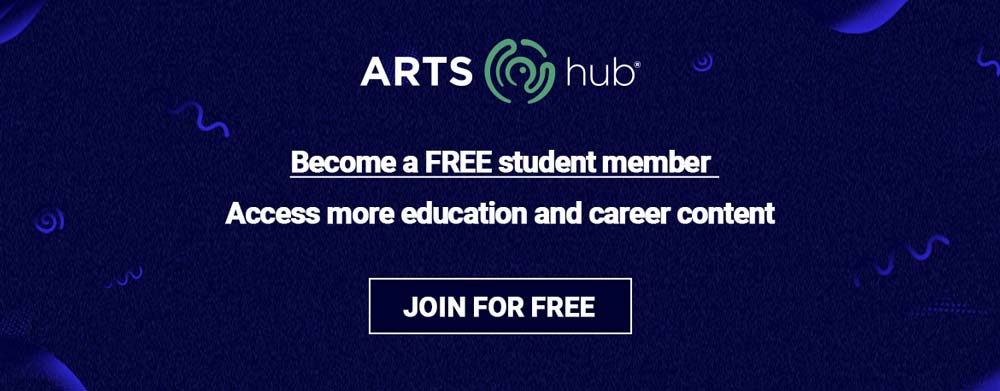Following recipes, reading road signs and understanding emails are all skills required to navigate the world in 2023, and all assumed to be simple tasks for Australian adults.
Yet, according to the Organisation for Economic Co-operation and Development 40% to 50% of adults in Australia have literacy levels below the international standard. A sense of shame, interruptions to education during the COVID pandemic and low literacy rates in remote Aboriginal communities mean it is difficult to know the exact statistic.
The SBS On Demand program Lost for Words sheds light on Australia’s shockingly low literacy rate.
Accessible writing is critical – read on for practical tips and how to consider the needs of your audience.
Benefits of accessible writing
‘Accessible information is our gateway to the world. If everyone was to recognise its benefits, the world would be a more inclusive place,’ says Laura Pettenuzzo.
Pettenuzzo is a disabled writer, passionate about removing the stigma of low literacy and ensuring information is accessible to all. She says: ‘I love words and recognise their power. Writing in a way that can be understood by a variety of people helps us find and convey information in a clear, efficient and concise manner. It distils complex ideas, reduces miscommunication and respects audiences.’
The benefits of accessible writing extend to people who are time-poor and want information quickly. It can also be more welcoming to those with dyslexia or those who learn better visually.
Types of accessible writing
There are two categories for accessible writing: plain language and Easy Read. Plain language avoids jargon and acronyms and is aimed at the 12- to 14-year-old literacy level. It uses active voice, size 12 font and short sentences with a maximum of 25 words.
Easy Read uses active voice and a combination of words and images, with a maximum of 15 words and one clause per sentence. Text must be size 14 font and indented, ideally at least five centimetres, to allow room for the corresponding images and ensure there is adequate white space.
Easy Read documents should be a maximum of 24 pages. They are recommended for people with low literacy or cognitive disabilities, or English as a second language.
Accessible writing tips
There are organisations that specialise in producing accessible documents. However, many writers don’t have the resources (both time and finances) to contract such organisations. Pettenuzzo says there are simple ways people can display their allyship:
- split sentences into two where possible
- use bullet points for lists
- spell out acronyms
- use subheadings
- avoid clichés or turns of phrase
- use personal pronouns (you, me) as if you are speaking directly to your audience
- provide written descriptions of all images
- when writing hashtags, use camel case, for example: #OutfitOfTheDay rather than #outfitoftheday
- use free image banks such as ‘easy on the i’ to present easy to understand information
- ensure image size and image placement is consistent, and
- upskill where possible through accessible writing courses.
These tips make it easier for screen readers to process information and make it more accessible by reducing the cognitive load.
The key to writing in an accessible way is to prioritise the message. You can also minimise qualifiers such as “just” and “maybe”.
Pettenuzzo says: ‘It is a skill to distil and convey a message clearly and concisely. If a document isn’t clear, it dilutes the value of the message and can alienate an audience. If information requires a certain level of literacy, I question the reason and it changes my perception of the messenger.’
Consider your audience
An essential element of accessible writing is testing with the intended audience. Setting up a focus group to user test your document can provide valuable feedback on language and readability, the delivery of messages, choice of images and icons, structure, and layout and design. During the testing, the user reads out loud, so that any hesitation, trouble with pronunciation or physical feelings of discomfort can be noted. These sessions must include open-ended questions so that the user is free to make comments about the document.
Read: Decolonising the written word
Where government documents are concerned, it is particularly important to use plain language and have Easy Read versions available. Without these options, people with low literacy or cognitive disabilities are likely to be left behind and put at risk. This includes information such as fire safety or health literacy.
Currently there are no universal standards for accessible writing, so quality assurance is difficult. However, writers can use tools such as Hemingway Editor to check the readability of their document.
‘In a world where we are saturated with information, communication designed with accessibility in mind really stands out and is really important, even if it’s not perfect,’ concludes Pettenuzzo.
This article is published under the Amplify Collective, an initiative supported by The Walkley Foundation and made possible through funding from the Meta Australian News Fund.






